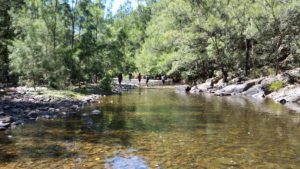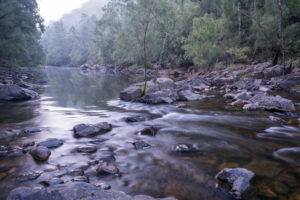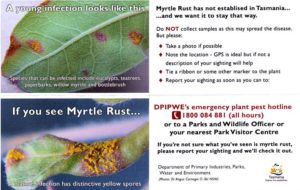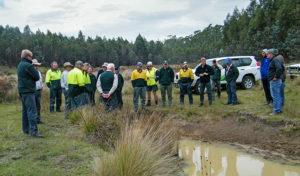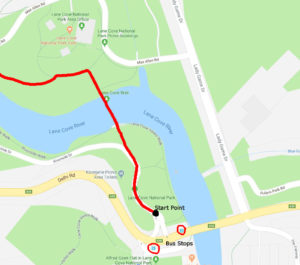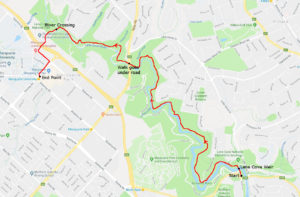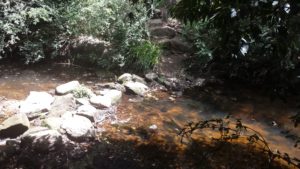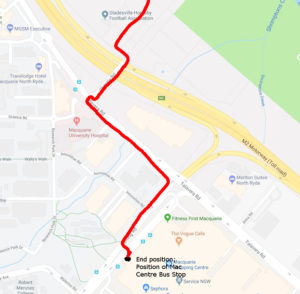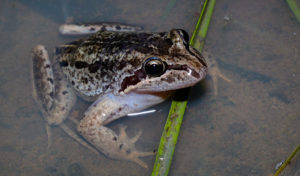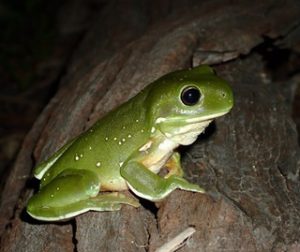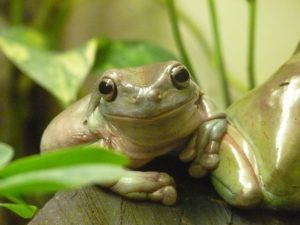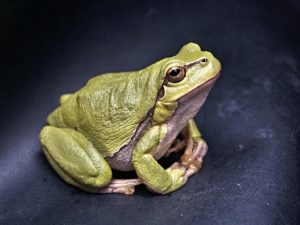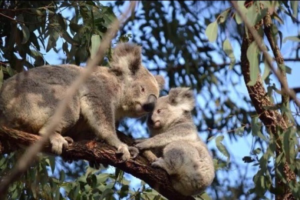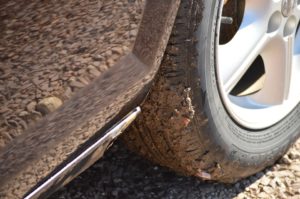There is still opportunity for walkers to provide feedback on the proposed changes after trials of horse riding between 2014 and 2016 in parks managed by NSW National Parks and Wildlife Service (NPWS).
The amendments have been proposed to allow horse riding in wilderness areas, which includes 30km of the Nine Mile and Ingeegoodbee management trails in the Pilot Wilderness Area in Kosciuszko National Park, accessed via the Barry Way. The trial was from April 2014 to April 2016.
The public exhibition of these amendments has been available for comment since 22 June and will close 7 August 2018. You can also view the Horse Riding in Wilderness Trial Monitoring Program Final Report.
We urge Bushwalkers to make comment concerning the amendments particularly if you have walked in this area, your submission needs to be received by 7 August.
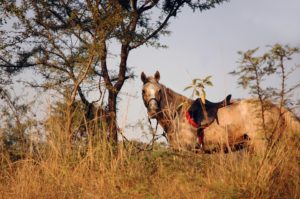
As per the guidelines:
Write clearly and be specific about the issues that are of concern to you.
Note which part or section of the amendment your comments relate to.
Give reasoning in support of your points – this helps avoid misinterpretation and makes it easier for us consider your ideas.
If you agree or support a particular part or idea in the amendment, please tell us.
If you disagree, please tell us specifically what you disagree with and why you disagree.
If you can, suggest solutions or alternatives to managing the issue.
Also note:
The proposed amendments can be viewed at https://engage.environment.nsw.gov.au/consult OR
- OEH Customer Centre (Level 14, 59–61 Goulburn St, Sydney)
- NPWS Narooma Office (corner Graham and Burrawang Streets, Narooma, NSW)
- Braidwood Library (Park Lane, Braidwood, NSW)
- Snowy Region NPWS Visitor Centre (46 Kosciuszko Road, Jindabyne, NSW)
- Tumut NPWS Visitor Information Centre (5 Adelong Road, Tumut, NSW)
- Cooma Visitor Centre (119 Sharp Street, Cooma, NSW)
- Tumbarumba Visitor Information Centre (10 Bridge Street, Tumbarumba, NSW)
- NPWS Walcha Office (188W North Street, Walcha, NSW)
- NPWS Gloucester Office (59 Church Street, Gloucester, NSW)
- Walcha Shire Council (2W Hamilton Street, Walcha, NSW)
- Walcha Visitor Information Centre (29W Fitzroy Street, Walcha, NSW)
You can provide your submission in one of the following ways:
- use the online submission form at https://engage.environment.nsw.gov.au/consult
- email your submission to parkplanning@environment.nsw.gov.au
- post your submission Manager Planning Evaluation and Assessment, PO Box 95, Parramatta NSW 2124.
Your submission will be provided to a number of statutory advisory bodies (including the relevant regional advisory committee and the National Parks and Wildlife Advisory Council). Your comments on the draft plan amendment may include ‘personal information’. OEH complies with the NSW Privacy and Personal Information Protection Act 1998, which regulates the collection, storage, access, amendment, use and disclosure of personal information. See OEH privacy webpage for details. Information that in some way identifies you may be gathered when you use our website or send us correspondence.
If an application to access information under the Government Information (Public Access) Act 2009 requests access to your submission, your views about release will be sought if you have indicated that you object to your submission being made public.

